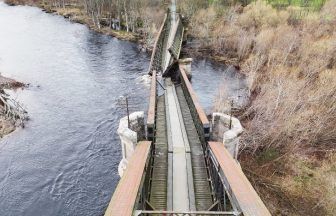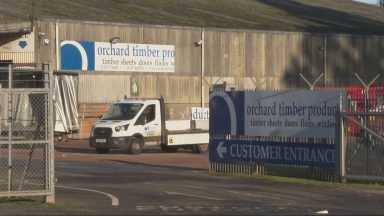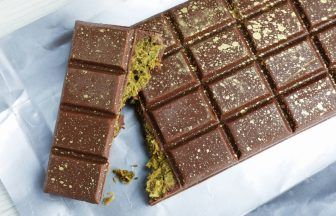Conservation groups have welcomed a new guide to help with the development of Scotland’s “exciting” seaweed farming sector.
The document sets out how communities can take part in the application process for new seaweed farms.
The Sustainable Inshore Fisheries Trust (Sift) published the guide to help the rapidly expanding industry – with applications lodged for farms covering more than 2,000,000 square metres of Scottish waters since 2018.
But there have been concerns that local communities have not always been adequately involved in the planning process for the farms.
Seaweed farming is different to proposals to mechanically dredge for kelp, something that was prohibited by the Scottish Parliament after campaigners, including Sir David Attenborough, raised concerns about the environmental impact this could have.
Seaweed farms in Scotland predominantly grow five different types of the plant: Laminaria hyperborea (cuvie), Laminaria digitata (oarweed), Saccharina latissima (sugar kelp), Alaria esculenta (dabberlocks), and Saccorhiza polyschides (furbellow).
These seaweeds can then be used for a variety of purposes, including human consumption, animal feed, biofuel, fertiliser, cosmetics and pharmaceuticals.
Charles Millar, executive director of Sift, said: “Nobody wants to see seaweed farming follow in the footsteps of salmon aquaculture, which has become very divisive.
“That industry is largely controlled by foreign multinationals, and many communities are unhappy with the way it has grown.
“Scotland’s seaweed farming industry could have an exciting future, but it must involve appropriate regulation, with local people at the heart of decision-making, and the profits and employment generated staying in our coastal communities. We hope the guide will be an important step towards that goal.”
Kerri Whiteside, marine community support officer for the conservation body Fauna & Flora International, said: “We think this guide will help Scotland’s coastal communities, such as those active within the Coastal Communities Network, both understand what seaweed farming involves and how they can influence where seaweed farms are sited.
“Our coastal waters are already busy with important activities like creel fishing and marine tourism. The guide will help communities steer new farms to sites that do not jeopardise such activities.
“We also hope the guide will help community groups develop their own seaweed farming proposals, on a scale that is truly sustainable.”
Follow STV News on WhatsApp
Scan the QR code on your mobile device for all the latest news from around the country


 NatureScot
NatureScot

























